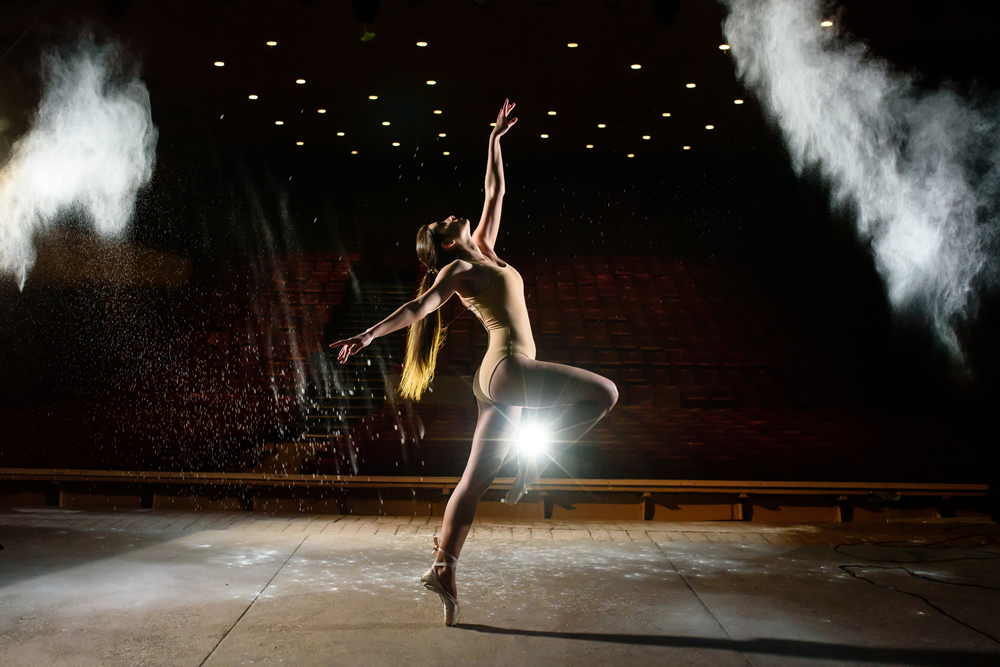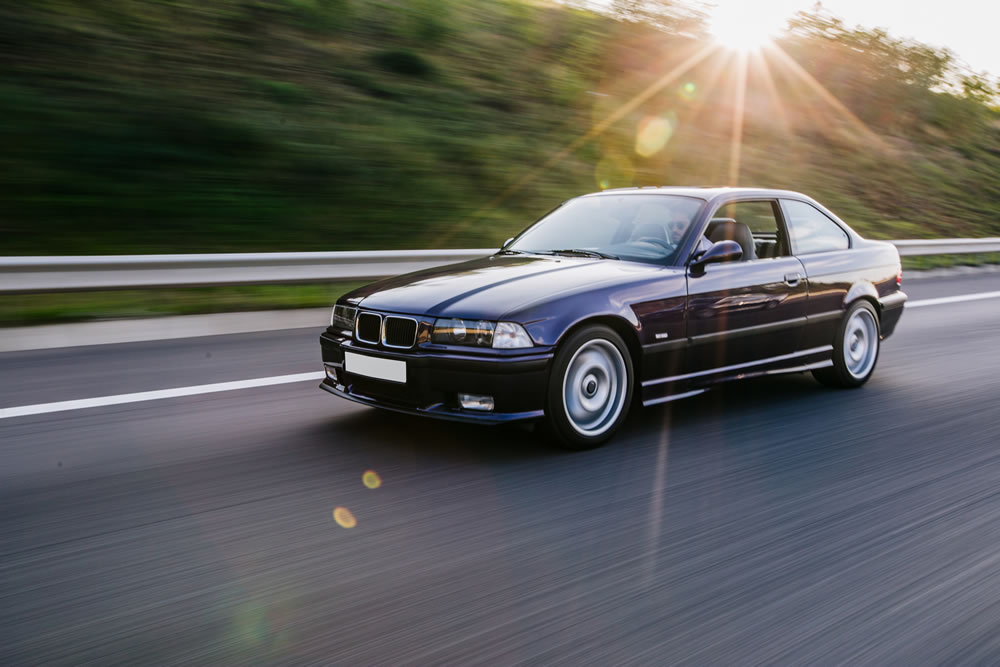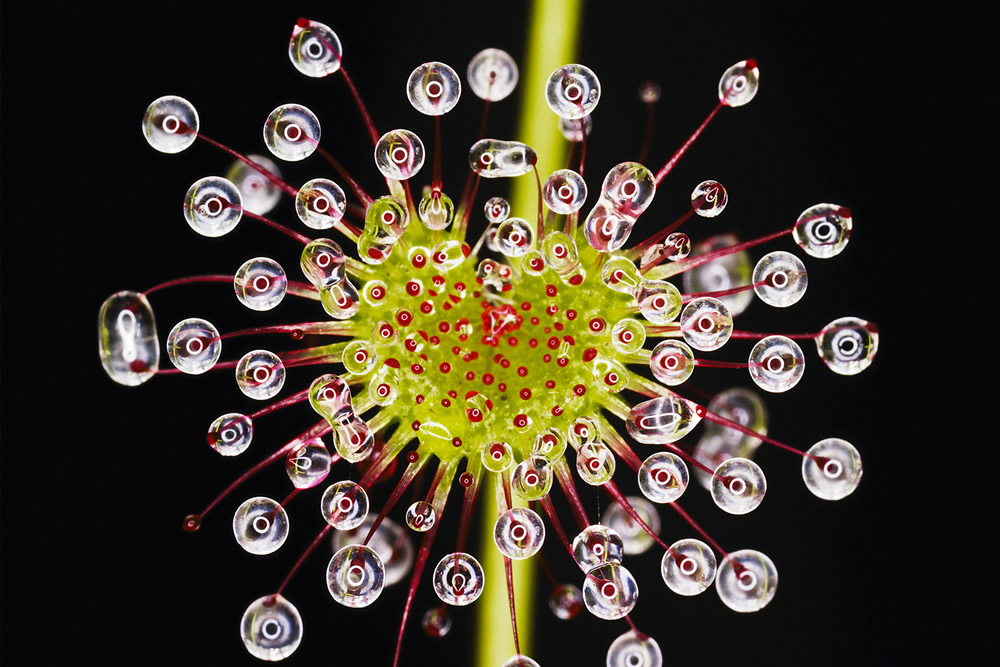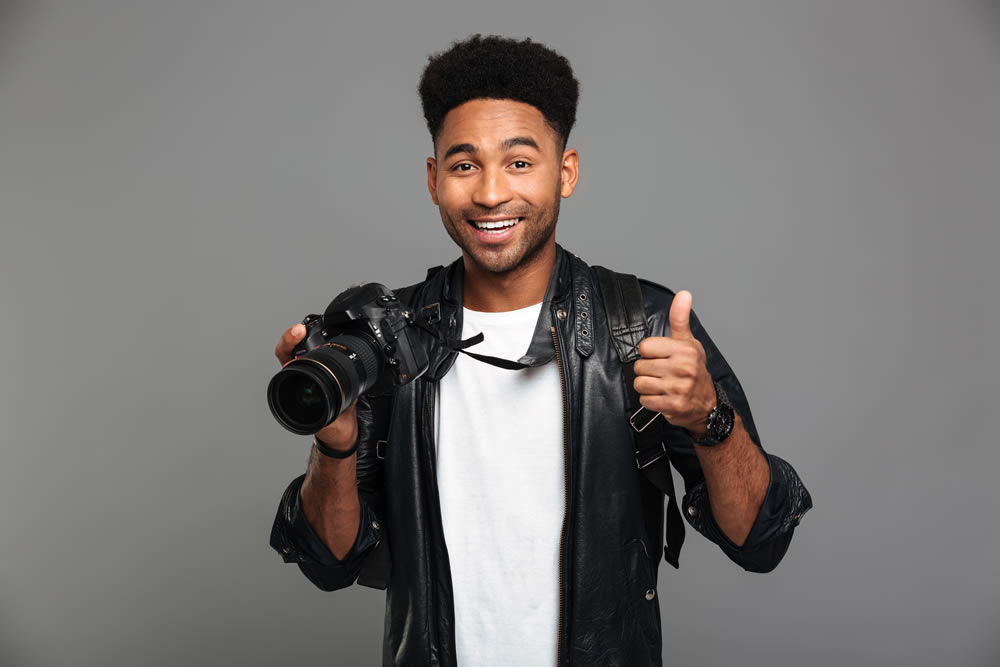There are many different types of photography being practiced today. However, one of the most exciting, difficult, and dynamic areas within the field of photography is that of performing arts photography. These skilled professional photographers are able to capture the energy and charisma of performers while they are literally in the act of performing. Performing arts colleges now also often offer courses to photography students that focus on performing arts photography because developing expertise in this area of candid photography requires a different skillset than portrait or still life photography.
Whether you prefer to photograph live events such as weddings or baby showers, or you want to specialize in concert photography, theater arts, dance, or other events, these events all share some common elements that fall under the umbrella of candid photography. Here, learn about the art of becoming a professional performing arts photographer and be on your way to your chosen career path.
#1 Lighting
Photography Lighting is by far the most important element to capturing high quality performing arts photos. While some venues will have better lighting than others, the very nature of candid photography means that lighting will always vary according to motion and movement as well. As a photographer, you will also likely be positioned in a place where the light is lower than where the action is occurring, so you will need to factor that in as well to capture the best photos.
Here you will want to ensure that your ISO is at the highest possible setting so that your camera has maximum sensitivity to all available light. While this will necessarily open you to the risk of digital “noise” – small markings or distortions in your photographs that are caused by the high exposure setting – you can always apply a digital noise reduction filter to your photographs after the fact to reduce the visibility of these distortions in the finished photos.
#2 Exposure
The second most important factor that will influence the quality of your candid photographs is the exposure setting on your camera. Exposure in photography refers to the speed of your camera’s shutter. Just dialing up the ISO will also naturally increase the shutter velocity, but you may be able to manually increase shutter time as well depending on the type of camera you have.
This will allow you to capture quick movements made by the performing artists without blur or distortion. While minuscule amounts of blur or distortion may even be desirable in some photos to mark movement, and these tiny distortions may be unavoidable depending on your photography equipment, the goal is to minimize these to the greatest degree possible.
#3 Camera Handling
The third important factor you will want to consider when taking performing arts photos is to be sure that your camera is steady when you shoot the photos. You will likely want to mount your camera on a tripod or pedestal versus relying on your own hand for steadiness. Because the movement of the artists is already introducing the possibility of blur or distortion, you want to minimize any contribution you make as well. However, if you need to be able to follow the artists manually and move about, aiming for quantity over quality will likely net you the best end result.
You will end up with a lot of photographs that are unusable but a few that are brilliant with this approach. From here, the remainder of your ability to maximize the impact of the photos of the performing art that you snap will lie in the quality of the photo editing software you are using and your degree of expertise in using it. Many photographers use Adobe Photoshop or Photoshop Elements, or, alternately, Corel Painter or PaintShop. What you use will depend in part upon the type of computer and operating system you are using as well.
#4 Final Words
Finally, do not be concerned if you cannot afford the most expensive photography equipment when you first launch your business. Professional photographers agree that an average camera in the hands of a gifted photographer will still produce better quality photos than a great camera in the hands of an average photographer. Use what you have and learn how to take the best possible photos and edit them into masterpieces, and slowly you will build your client base until you can afford all of your dream photography equipment as well.
# Related Articles
- 5 Things To Do On A Street For Every Street Photographer
- Street Photography Tips And Techniques By Thomas Leuthard
- The Importance Of Lines In Photography – An Overview With Superb Examples
- Street Photography Tips, Techniques And Inspirations
- Wide Angle Photography – An Introduction With Stunning Examples
- Essentials For Post Processing In Photography







3 comments
You have brought up a very good details , appreciate it for the post.
thanks
I never fully realized how involved this type of photography was. Wow. I’m impressed.